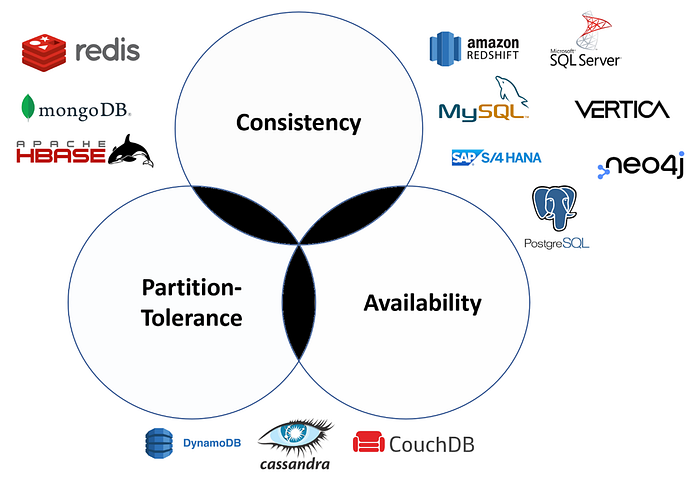How to Build an ERP System: A Guide to Gathering Functional and Non-Functional Requirements 💻
Designing and building an ERP system can bump into a challenging tasks, especially when it comes to gathering the right requirements. To point out, understanding what the client truly needs is crucial, and sometimes when we come across our system small functions we don’t see the bigger picture.
Additionally, too much reliance on explicit and implicit requirements can lead to errors. Therefore, it’s important to gather requirements beforehand to avoid misunderstandings and encourage the future iteration progres.
Why Gathering System Requirements is Crucial for a ERP System?
Considering the report by Allied Market Research, the global ERP software market is expected to reach $78.40 billion by 2026.
To reign in this market, determining the primary functionalities that the enterprise system must have is critical.
According just only to a study by Gartner, the top reason for ERP implementation failure is a lack of understanding of requirements.
Differentiating between explicit and implicit requirements can ensure that all client needs and wants are met. This can be done by listing the most important properties of the system in order of importance and focusing on the ones that require more attention and get into a state of working flow.
In this article, we’ll discuss how to gather functional and non-functional requirements for an ERP system.
What are the differences between functional and non-functonal requirements in the ERP system?
Functional requirements refer to the features and capabilities of the system that directly affect the user.
It’s essential to determine the primary functionalities that the system must have. This can be done by listing the most important properties of the system in order of importance and focusing on the ones that require more attention.
Non-functional requirements are equally important as functional requirements. They refer to how the system should behave and perform, rather than what it should do.
Questions such as how reliable and responsive the system should be, how fast it should respond, and how quickly it should display requested data should be considered.
Functional Requirements:
- What specific features and capabilities are needed for the system to meet business needs?
- How will the system integrate with existing software and hardware?
- What is the expected workflow for each user type within the system?
- Are there any specific data entry or reporting requirements that need to be met?
- What are the system’s reporting and analytics requirements?

Non-Functional Requirements:
- What are the system’s performance requirements? (e.g., response time, load handling, concurrency)
- What are the security requirements for the system?
- How reliable does the system need to be? (e.g., uptime requirements)
- Are there any scalability requirements that need to be considered?
- What are the system’s usability requirements? (e.g., ease of use, accessibility)
To elicit right feedback, it’s essential to start by asking the right questions.
After clarifying this questions you are ready to go and work with the other parts in the system design process, like frontend, backend and databases.
Choosing Database Based on the CAP Theorem
Let’s explore the CAP theorem and the limitations it imposes on system design. The CAP theorem states that it’s impossible to create a system that is always available, consistent, and partition-tolerant simultaneously. This means that it’s important to make trade-offs depending on the situation. For example, sacrificing availability for consistency or vice versa.

By TechTarget, the CAP theorem is a crucial consideration when designing a distributed system such as an ERP system. Making trade-offs between consistency, availability, and partition tolerance is essential to ensure that the system performs as desired. Gathering requirements and asking the right questions can help determine which trade-offs are necessary.
The Significance of Choosing the Programming Language and Framework in an ERP System
So here are some examples of different programming languages and frameworks that can be used to build an ERP system:
🔧Programming Languages:
- Java: Java is a popular choice for developing enterprise applications due to its scalability and reliability. Java-based ERP systems such as Apache OFBiz and Compiere offer a wide range of functionalities, including accounting, order management, and inventory tracking.
- PHP: PHP is a scripting language commonly used for web development. PHP-based ERP systems such as Dolibarr and Openbravo offer features such as project management, HR management, and CRM integration.
- Python: Python is a high-level programming language that has gained popularity in recent years due to its simplicity and flexibility. Python-based ERP systems such as Odoo and Tryton offer features such as accounting, inventory management, and CRM integration.
🔧Frameworks:
- Magento: Magento is a popular open-source e-commerce platform that can be used to build ERP systems. It offers features such as order management, inventory tracking, and shipping and logistics management.
- Laravel: Laravel is a PHP-based web application framework that provides a wide range of functionalities for building ERP systems, including inventory management, order processing, and customer relationship management.
- Ruby on Rails: Ruby on Rails is a popular web application framework that allows for rapid development of complex systems. It can be used to build ERP systems with features such as financial management, inventory control, and order processing.

In conclusion, the choice of programming language and framework for building an ERP system will depend on the specific requirements and goals of the project. Consideration should be given to factors such as scalability, functionality, ease of use, and security.
For functional requirements, the focus should be on the system’s capabilities and how they can be implemented. Non-functional requirements, on the other hand, should focus on how the system should behave and perform.
If this article looks like a rocket science for you, I have an alternative.
🚀 Looking for a highly customizable ERP system?
Planfix is a versatile ERP system that can be customized to meet the needs of various businesses both with the project management and invoicing.
Here are some of the key features and tools that Planfix offers:
- Virtual PBX integration: By linking Planfix with virtual PBX, businesses can track and manage all their incoming calls, view caller information, listen to call recordings, and get the right employees involved in.
- Processes and scripts: Planfix templates and scripts can help automate many processes, such as the transition of tasks from one stage to another or the creation of documents and contracts.
- Invoice Directories: Use Planfix directories to store lists of products, services, addresses, or any technical information you need to generate documents or reports. After that you can generate any invoice you want.
- E-mail Automation: Planfix offers various automation tools that allow businesses to automate repetitive tasks, saving time and increasing productivity.
With its integration capabilities, automation tools, and ready-made solutions, Planfix provides businesses with the resources they need to streamline their operations and improve productivity.
If you found it useful and informative, please hire me on Upwork to integrate your cloud CRM system and speed up sales process for more content on marketing, data science, and artificial intelligence.
By subscribing to my channel, you will gain access to a wealth of resources and information that will assist you in staying ahead of the curve. So don’t wait any longer, subscribe today and join me on this exciting journey!
